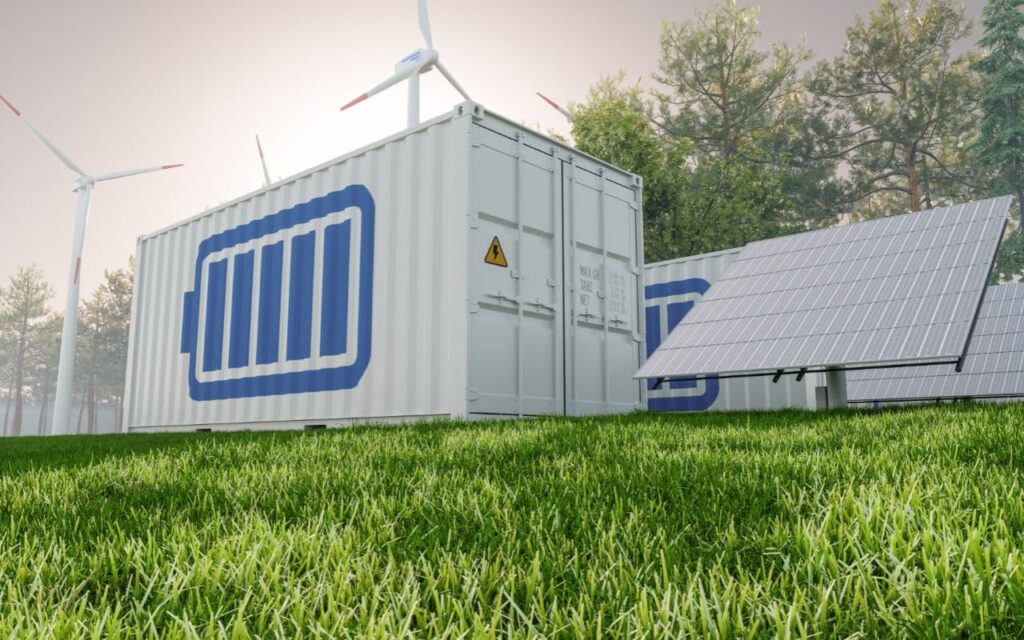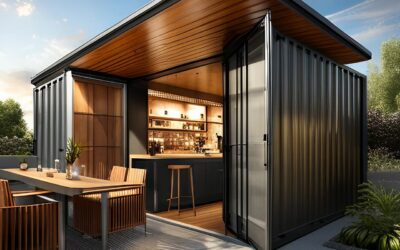Melbourne, a city renowned for its vibrant arts scene, sporting events, and bustling cafés, is on the brink of a new urban revolution, with an unexpected icon leading the charge – shipping containers. While the notion of these steel behemoths gracing the streets conjures up images of trade ports and global supply chains, their presence in urban spaces is fast becoming symbolic of something entirely different – a sustainable, innovative future.
For sustainability enthusiasts, urban developers, and the everyday Melburnian, the emergence of shipping containers in our city’s fabric offers an exciting new avenue for conservation and creative space maximisation. This blog post aims to explore the how, the why, and the potential this trend holds for Melbourne’s future.
The Versatility of Shipping Containers
The global shipping container industry is massive, transporting over 90% of the world’s trade [Source: World Trade Organization]. But what happens to these containers once they reach their final destination? Traditionally, they’d be stacked away or shipped back empty, leading to a significant environmental impact.
However, Melbourne, with its innovative spirit, is finding new life for these steel giants.
Often underestimated, shipping containers are the chameleons of the architecture world. They can morph from uninspiring industrial artefacts into a multitude of functional and aesthetic wonders. In Melbourne, we are beginning to see this versatility on full display:
Beyond Homes: Shipping Containers in Housing
The rise of container homes has been a beacon for sustainable living. These compact, modular dwellings are cost-effective, and while they may be small in footprint, they make giant strides in the fight against housing shortages and the environmental cost of traditional property development.
Whilst converted shipping container homes are a hot topic, that’s just the tip of the iceberg. Here’s where Melbourne’s container revolution gets interesting:
Containers for Commerce

Melbourne’s laneways are the lifeblood of its retail scene, and shipping containers offer a unique opportunity to expand this culture. From trendy pop-up shops to permanent cafes, these steel giants have become the blank canvas for many entrepreneurs looking to make their mark in the city’s bustling business landscape.
The City of Melbourne [Source: City of Melbourne website] is utilising modified containers for pop-up shops and cafes, creating vibrant public spaces and encouraging local businesses with a smaller footprint.
Urban Farming and Workspaces
The constraints of urban space are no match for shipping containers. With adaptive designs and integrated technologies, containers can house hydroponic farms, office spaces, and even entire coworking communities, proving that they are not merely containers but innovators in spatial problem-solving.
Shipping containers are being transformed into innovative work studios and co-working spaces, offering businesses a unique and cost-effective solution, particularly in Melbourne’s ever-evolving creative hub.
Public Art and Gathering Spaces
In its bid to become a greener, more inclusive city, Melbourne has welcomed some containers with open arms, integrating them into public art installations and gathering spaces that not only beautify but draw communities together.
Fast, affordable, and relocatable, shipping containers are being used for temporary classrooms, community centres, and even emergency shelters [Source: The Conversation], demonstrating their adaptability for social good.
Stats that Showcase the Potential:
- A study by [Source: Macquarie University] Macquarie University found that repurposing shipping containers can reduce construction waste by up to 90% compared to traditional builds.
- Globally, the repurposed shipping container market is expected to reach a value of [Source: Grand View Research] USD $10.8 billion by 2027, indicating a significant shift towards sustainable construction alternatives.
Economic and Environmental Benefits

The rationale for repurposing shipping containers extends far beyond their aesthetic appeal. From an economic perspective, containers offer significant cost savings, speed in construction, and a sustainable alternative to traditional building materials. The environmental advantages are equally compelling, with repurposed containers reducing construction waste and carbon footprints. The shift towards container-based urban solutions is a win-win.
Case Studies and Success Stories
Exploring existing container projects can give us a glimpse of the potential they hold for Melbourne’s urban landscape. Internationally, container projects range from high-end shopping outlets to low-cost housing solutions, each one demonstrating the adaptability and desirability of this trend. Locally, container projects such as The District Docklands showcase how containers can create unique shopping experiences. This mixed-use retail space not only redefines what shopping centres can be but sets the stage for a more sustainable future.
Challenges and Future Outlook
While the use of shipping containers in urban development is undeniably on the rise, it is not without its challenges. Questions around structural integrity, insulation, and long-term maintenance need to be addressed. Furthermore, striking a balance between using containers for their efficient cost and over-commercialisation is crucial. Looking forward, we can anticipate advancements in container technology and design that will make their integration into more ambitious urban plans not only feasible but also desirable.
How Melbourne Can Embrace the Trend
The potential of shipping containers lies not only in their physical presence but in the community engagement they can foster. Businesses, developers, and city planners in Melbourne have a unique opportunity to harness the power of containers to create truly sustainable and community-centred spaces. Initiatives like design competitions, community gardens, and educational workshops can help build a shared vision for the role of containers in our urban landscape.
Conclusion
As Melbourne stands at the crossroads of tradition and innovation, shipping containers are more than a passing fad – they represent a significant shift in our city’s urban identity. By championing this trend, Melbourne can serve as a leading example of how repurposed structures can lay the foundation for a sustainable, vibrant future. It’s an exciting time to be a part of this urban metamorphosis, and the possibilities are as vast as the steel containers themselves.
At OZBOX, we are playing a key role in the shipping container revolution, providing high-quality shipping containers both for sale and rental throughout Melbourne and the wider State of Victoria. We invite you to engage, envision, and advocate for the inclusion of shipping containers in Melbourne’s next chapter.









